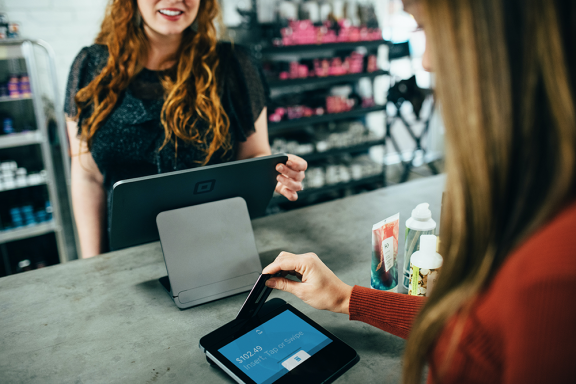
Unified commerce
Working towards an effective digital transition.
More than half of all stores in France have yet to convert to digital. Those that have started to digitalize their firms are having a hard time seeing a return on their investment. While small and large retailers continue to close their doors permanently due to e-commerce behemoths, traditional traders must speed up their transition to unified commerce. But not at any expense or under any circumstances.
The French have a deep bond with their local businesses, whether they are little businesses or large organizations. According to a recent Harris Interactive research conducted on behalf of Rakuten, 93 percent of those interviewed believe that stores are a valuable asset in town centers. While certain models have been successful in resurrecting town-center or local stores, particularly in large cities, other merchants have failed to adapt to the entrance of e-commerce platforms.
The ready-to-wear clothing business has been hit especially hard. The most recent retailer to close its doors is Forever 21. The value of the garment market has declined by 14% in the last 10 years, according to information published by the French Fashion Institute's Economic Observatory.
Despite the fact that e-commerce is becoming more popular and marketplaces are becoming more popular for online transactions, only about half of retailers have completely digitalized their sales process. Success was attained to varying degrees. According to a 2017 study, only 3% of shops in the UK received a return on their digital efforts. Some businesses are turning digital by launching online stores, creating a dedicated part on an e-commerce platform, or incorporating digital technology into their physical locations (hotspots, smart touchscreens, and digital cash registers). There's a lot to select from, and stores who aren't in the digital technology sector may get lost in the mix. So, let's take a look at the primary obstacles that retail businesses face when it comes to system integration.
Traffic acquisition
CENTER YOUR ATTENTION ON MARKETPLACES AND SOCIAL SHOPPING
Marketplaces are becoming an increasingly important part of the retail landscape. According to the Fédération du E-commerce et de la Vente Distance (FEVAD – Federation of E-commerce and Distance-sellingmost )'s recent barometer poll, they now account for about a third of all online transactions. They've progressed to the point where they can now be used to create internet stores? Traders that only sell goods online via an e-commerce platform are still in the minority (15%), but they recognize the considerable advantage it provides.
Organic acquisition would cost hundreds of dollars, whereas marketplaces give the finest and most cost-effective ranking. Social media is increasingly being used by retailers to generate traffic to their websites and in-store locations. Facebook, Instagram, and Pinterest have all transformed into fully viable e-commerce platforms. Social selling may help retailers, and mobile commerce hit a new high in 2018, with 35 percent of sales coming from m-commerce sites.
Act of purschase
MOBILE PAYMENT, PARTICULARLY USEFUL IN TOURIST AREAS
Digital tools have begun to appear at retail establishments, with nearly one out of every two stores now having at least one device. In contrast, customers in France still value face-to-face encounters with salespeople and are uninterested in digital technologies. They view mobile payment (44 percent), virtual reality (43 percent), and screens for virtually putting on clothes to be the most useful digital technology (43 percent ). It's worth mentioning that one in every two French people has reservations about mobile payments.
This reluctance contrasts with the widespread usage of virtual solutions by American and Asian tourists, who made up a significant portion of France's 90 million visits in 2018. As a result, prominent French retailers such as Galeries Lafayette, BHV, and, more recently, Franprix, have developed partnerships with major Chinese (Alipay, WeChat Pay) and American (Apple Pay) mobile payment service providers.
Customer retention
DATA VS. HYPER-PERSONALIZATION
According to Accenture Consulting, acquiring a new customer costs five times as much as keeping an existing one, yet a customer who joins a loyalty program can generate an additional 18 percent in revenue for a company. Customers make and continue to make purchases because they are hyper-personalized and aware of their expectations. Sixty-six percent of French shoppers asked indicated they prefer to buy in stores that cater to their specific needs. However, 40% of them voiced anxiety about technology's ability to accurately assess and foresee their expectations.
The Cambridge Analytica scandal revealed several instances of personal data misuse. Regulators have been paying more attention to shops since the introduction of the General Data Protection Regulation (GDPR). This means that companies must ensure that data is utilized properly, with the goal of improving the customer experience and providing hyper-relevant products and services.
By putting the customer at the core of their strategy, traditional merchants may achieve a successful digital transformation at every stage of the purchasing process. By considering uses and experiences, stores can ensure that they provide tangible benefits to customers and earn a return on their investments.
